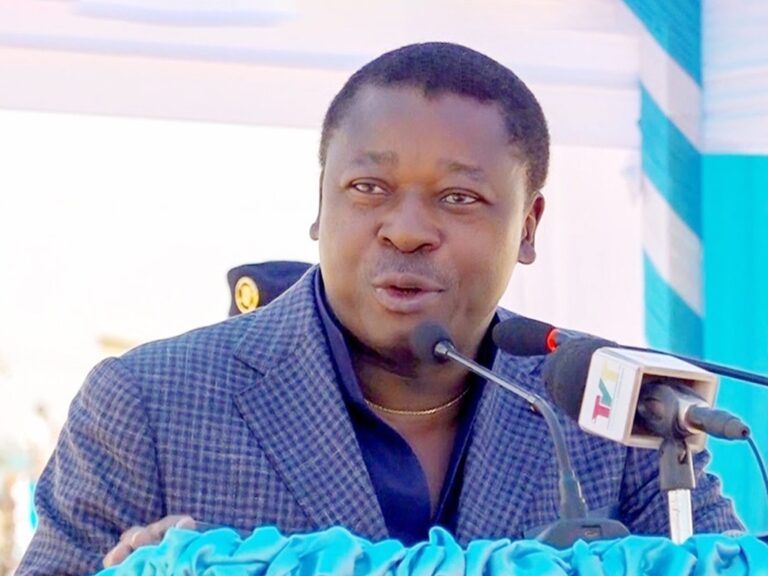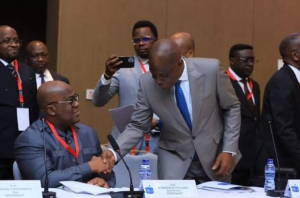Togo: President Faure Gnassingbé’s active and discreet diplomacy: A pillar of stability in West Africa

Since assuming office, President Faure Gnassingbé has been distinguished by an active yet discreet diplomacy that has significantly contributed to resolving crises in West Africa. His commitment has been crucial in stabilizing the region, particularly in managing political crises between Mali and Côte d’Ivoire, the ECOWAS, and Niger…
President Faure Gnassingbé’s diplomacy is characterized by his regular participation in summits of the Economic Community of West African States (ECOWAS) and the African Union (AU).
On these occasions, he advocates for initiatives aimed at promoting peace and security in the region. However, his influence extends beyond public speeches.
Indeed, the Togolese President also works behind the scenes, playing a discreet yet essential role in facilitating dialogues between conflicting parties.
His involvement in transitions in Mali, Burkina Faso, Guinea, Chad, and Niger has been notable, contributing to peaceful and lasting solutions.
This diplomatic approach has earned President Faure Gnassingbé international recognition.
He has received several awards, including the prestigious award for the best Pan-African President of the last decade from the International NGO ANA (Love Our Africa).
This recognition underscores his commitment to peace, solidarity, and stability on the continent.
Furthermore, President Faure Gnassingbé’s contribution to the stability of West Africa is undeniable.
His active yet discreet diplomacy has promoted peace and security in the region, allowing Togo to play a leading role in promoting these essential values.
His exceptional leadership has been praised by the international community, which recognizes him as a major architect of stability in West Africa.
Read again: Africa: Questioning pre-colonial military agreements, an African voice against terrorism
Chantal TAWELESSI





